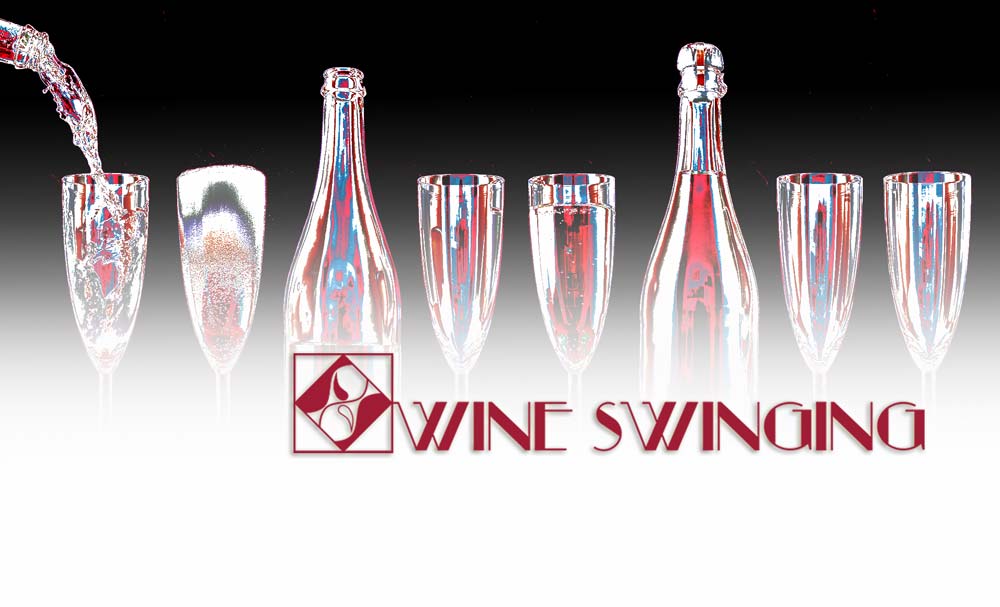What are the common sabrage mistakes? What is Sabrage anyway? It’s a most spectacular way of opening the Champagne. According to the legend of sabrage, the tradition started at the beginning of the nineteenth century by Hussars (Russian imperial cavalry).
While the skill of sabering Champagne bottles came naturally to hussars, after all, they swang swords for a living, for us in the 21st century, it takes a bit of preparation.
Did You Pick Right Bottle?
The key to having the most fun with Sabrage is in the bottle. Commonly people get the cheapest sparkling, thinking it’s a throwaway wine, and that’s a first and foremost mistake.
Sparkling wines differ in how they are produced, impacting effervescence, pressure, and type of bottle used. The simplest way to bring bubbles inside the bottle is to infuse it with CO₂ gas, just like soda. The next method is Metodo Martinotti or Charmat or Tank method. Prosecco is made this way, allowing producers like Albino Armani (no relation to the Armani fashion brand) to consistently produce this fizzy fruity wine.
Finally, Méthode Traditionnelle sparkling is when the second fermentation occurs in the bottle. The best example of it is Champagne.
Which one should you get for Sabrage?
Technically, any of these can be sabered, but we only recommend Traditional Method Sparkling wines because they give the best chance of successful Sabrage. While there are countless options, pick something you’d like to drink.
Our top choice is Champagne. The more budget-friendly alternatives are Crémant from many French regions, Franciacorta from Italy, Cava from Spain, Cap Classique from Southern Africa, and other Méthode Champenoise or Traditionnelle or Traditional method sparkling wines from around the world.
Is Sparkling Cold Enough?
The ideal serving temperature is between 43°F and 50°F (6°C – 10°C), giving a drinking temperature of 46°F to 55°F (8°C-13°C) once the wine has warmed up in the glass.
The preferred method to chill Champagne is to place the unopened bottle in an ice bucket, which should be filled to within roughly an inch of the top with half ice and half water. At room temperature, it’ll take 30-40 minutes. Alternatively, you can chill it for a couple of hours in the wine cellar.
Fifteen minutes before Sabrage, flip the bottle upside down in the bucket of ice and water.
Chilling the bottle entirely and gradually ensures fun and successful Sabrage.
What to Use for Sabrage?
You might find many crazy “tools” people use for Sabrage, including wine glass stems, iPhones, and more. All for three-second fame on social media platforms. It’s fun to watch.
Still, if it’s your first sabrage rodeo, start with a classic. Ideally, we suggest a sabrage saber. Few of us have Champagne sabers laying around. In that case, any large kitchen knife will do. It doesn’t matter how sharp because you’ll be using the dull side.

Preparing the Bottle
Dry off the bottle and remove the foil, neck labels, and the muselet (wire cage). Removing wire is essential to avoid injury.
Now you are ready to saber the Champagne.
Sabrage Techniques
Before you start, you’ll need at least 50 feet of clearance to expel the cork without harm to anyone or anything. Make sure the bottle is pointing away from the crowd.
Hold the bottle in your non-dominant hand, with your thumb in the punt.
Wonder what a punt is? Now you know what’s that hole at the bottom of the wine bottle is for. Find the bottle’s seam and trace where it meets the glass lip.
Now try a few practice strokes using the blunt side of a Champagne saber or knife. Run the blade back and forth along the seam to just before the point of impact. Make sure not to make contact with the lip. Ready?
Saber forward with confident accuracy in one fell swoop. Follow through like a golf swing, tennis racket, baseball bat, or volleyball serve.
Just drawback on your life experiences when you had to swing or swoop something with your hand. Look forward to where you want your cork to go, and it’ll follow.
Inspect the edge for pouring to ensure a clean break, then carefully pour and toast Champagne like Napoleon: “In victory, one deserves it. In defeat, need it!”
Final Advice
We observed a few times bottle breaking during our club sabrage parties. In all cases, it was cheap sparkling wine or Prosecco, which we do not recommend for Sabrage. We suspect the glass is thinner, and the bottle fails under pressure when metal strikes the lip instead of expelling the cork. While shopping for Sabrage, compare the weight of the Champagne with the alternatives. If it’s much lighter, find something else.
Sabrage is easier than you think. Enjoy!





